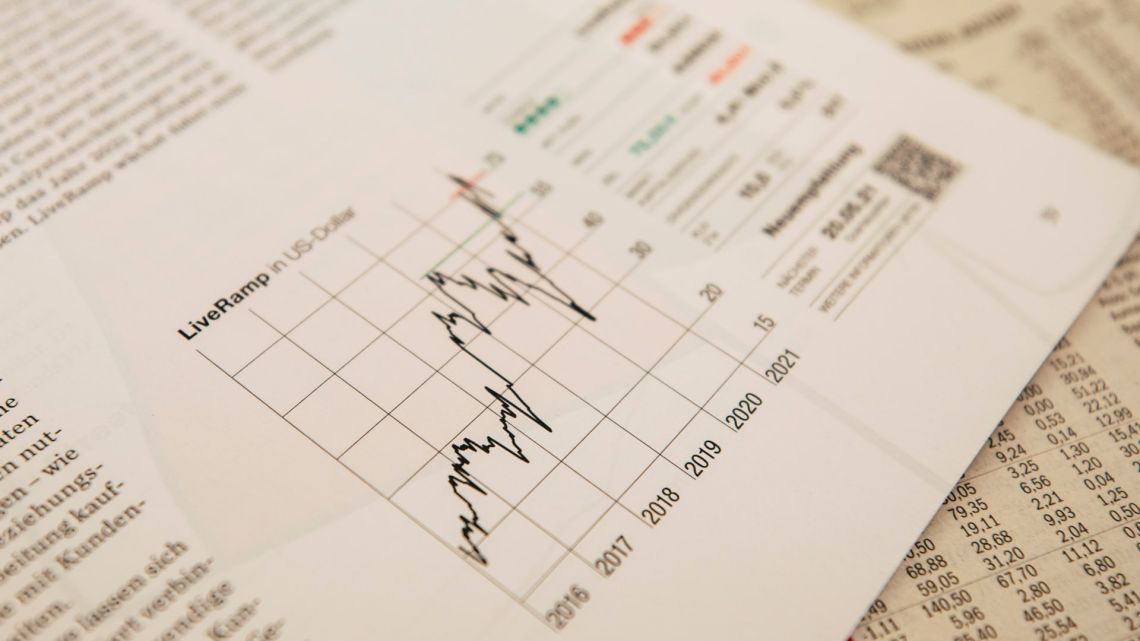
The latest jobs report, released in October, reveals that the US economy added 150,000 positions last month. However, the unemployment rate saw a slight increase from 3.8% to 3.9%.
Implications for the Federal Reserve and Interest Rates
Economists and analysts have weighed in on what this jobs report means for the Federal Reserve as they consider future interest-rate hikes. The central bank's decision will have a significant impact on the economy.
Economists and Analysts React
Here are some initial reactions from experts in the field:
Andrew Hunter, deputy chief US economist at Capital Economics, believes that the modest gain of 150,000 jobs in October is an indication that the strength of the economy in the third quarter is likely to unravel in the fourth. With a slowdown in wage growth, he finds it increasingly difficult to envision the Federal Reserve raising interest rates any further.
Jesse Wheeler, senior economist at Morning Consult, suggests that this month's jobs report will be well-received by the market. He believes that Fed officials, who were seeking more tempered economic data, have found it in these numbers. Following Chair Powell's remarks, which hinted at the possibility of an end to the rate hiking cycle, markets have already been performing strongly.
Conclusion
While the job gains in October fell slightly below expectations, experts are divided on the implications. Some believe that the cooling labor market and slower wage growth may discourage further interest-rate hikes by the Federal Reserve. However, others believe that the market will respond positively to these developments.
Jobs Report Analysis
In the latest jobs report analysis, experts and economists have weighed in on the state of the labor market and its implications for the Federal Reserve's policy decisions. Let's take a closer look at their assessments:
Nancy Vanden Houten - Labor Market Conditions
Nancy Vanden Houten, lead U.S. economist at Oxford Economics, notes that the October jobs report offers substantial evidence of a softening labor market. She believes that this will allow the Federal Reserve to maintain its current policy stance as it monitors progress towards returning inflation to its target of 2%. Vanden Houten also highlights the impact of the United Auto Workers strike, which led to a decline of 35,000 jobs in the manufacturing sector. However, she expects these workers to be back on payrolls in the upcoming November report.
Justin Wolfers - Sustainable Employment Growth
In a tweet, Justin Wolfers, an economics professor at the University of Michigan, expresses satisfaction with the jobs report. While he acknowledges that the numbers could have been stronger, he sees them as meeting the Federal Reserve's dream scenario. Wolfers believes that employment growth is moderating to sustainable levels and that there is still a robust labor supply. Additionally, he notes that wage growth is moderating to rates consistent with the Federal Reserve's inflation target.
Nick Bunker - Unemployment and Federal Reserve's Approach
Nick Bunker, head of economic research at Indeed Hiring Lab, suggests that the recent rise in unemployment should be monitored but does not warrant immediate panic. He emphasizes that the Federal Reserve is adopting a "wait and see" approach towards the labor market. Bunker believes that this cautious stance remains appropriate, especially in light of the current jobs report.
It is clear from these expert opinions that the October jobs report has prompted various interpretations regarding the state of the labor market and its impact on Federal Reserve policy. While some express concerns about softening conditions, others view the current situation as sustainable, emphasizing the need for monitoring rather than immediate action. As we await the November report and future developments, it remains to be seen how these perspectives will evolve.
Related: Jerome Powell adds fuel to the talk that the Fed is done hiking rates













Write Your Comment